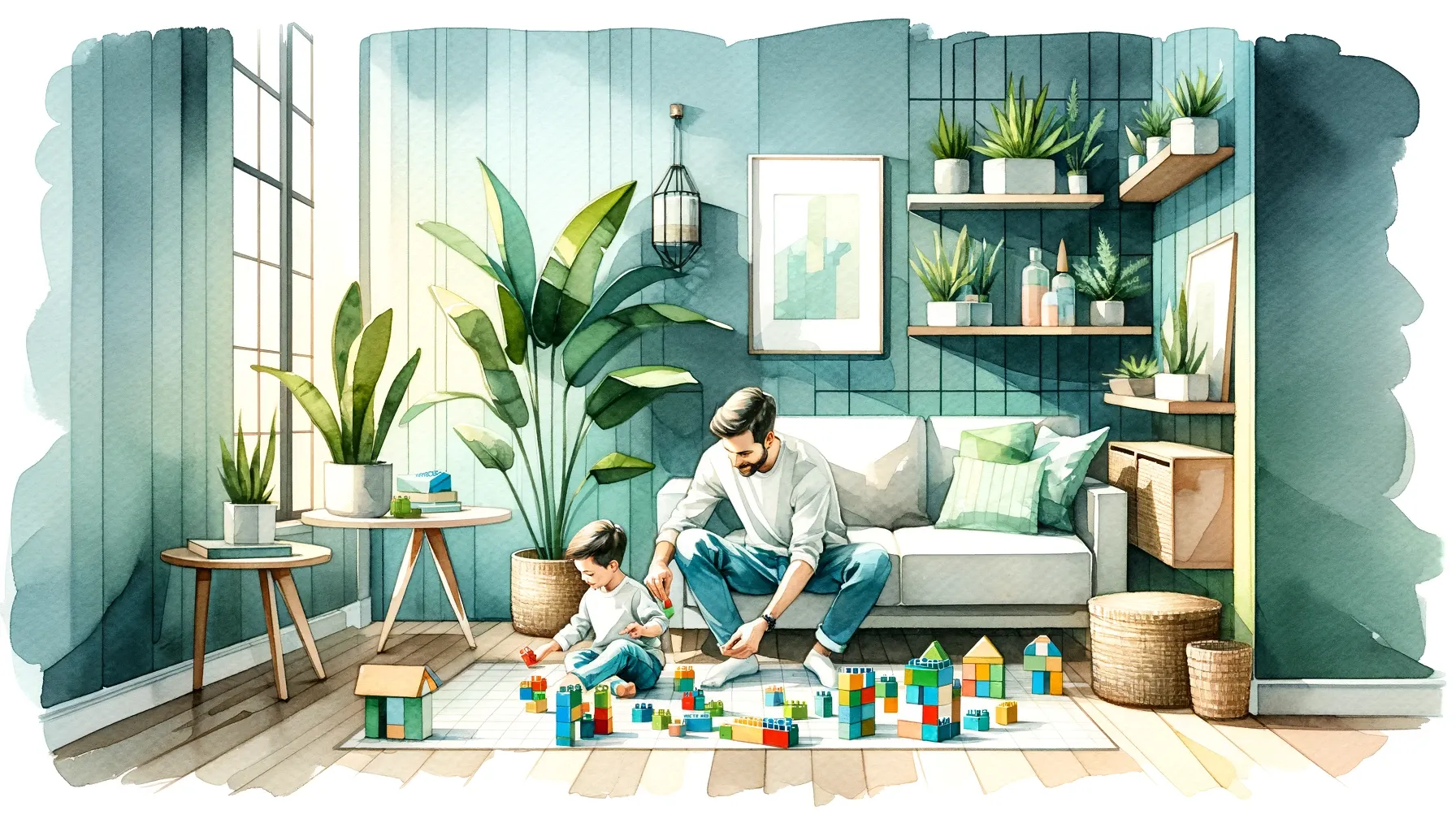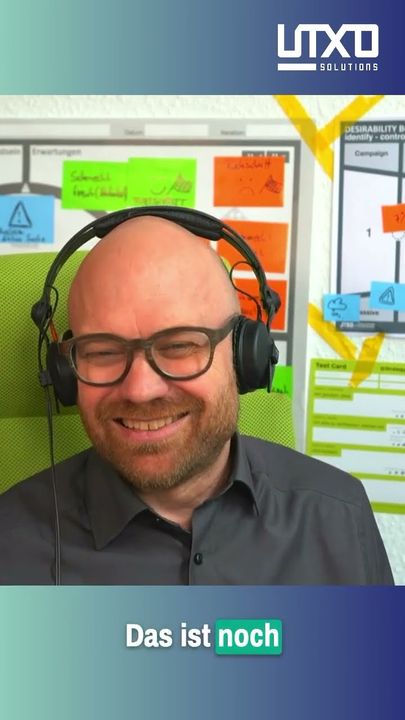
The missing dimension in building sustainable products
Taking care for our planet is undoubtly one of the major responsibilities of our time. We want to keep living here. So we should not ruin it. And the more we think about it, the more we discover areas of our live affected by it. We started with not polluting rivers and throwing our trash away in nature. We went on to reducing the carbon footprint of our energy sources. And since some time now we know about the impact of the products we use. Everything we use, must be produced. Everything we stop using, has to go somewhere. And in between, there is a whole area.
When I look at the sustainable product discussion, there are three phases. Three phases, that are kind of separated in the public discussion. They are:
- Production
- Lifetime
- End of life
We look at the environmental footprint of a product in each of those phases. How much resources did we need to produce it? This includes everything from base materials to production. How much resources did it take up during it’s lifetime? This includes mainly energy usage, like in cars or other machines. In products that don’t use energy, like a banana or a shovel, it’s mostly logistics and distribution. And lastly, how much resources could we get back at the end of it’s lifetime. This includes everything around recycling, but also things to extend the lifetime. Repairability and durability come to mind. If you can still use your grandmas 70 year old blender, the blender is more sustainable.
However, there is one missing dimension in my eyes:
Satisfaction
Every product is hired for a specific job. The consumer wants to make some progress in his life. That’s what he hires the product for. But what, if the product doesn’t help him with this job? If he doesn’t achieve the progress he wants? Or only for a limited time? What, if he is not satisfied with the product? Then he will keep looking. Until he finds a solution. And the more things he or she has to try, the more products will be wasted.
Let’s look at an industry with very low satisfaction rates. Clothing. According to statista, German consumers send back 32% of all clothing bought online. Some other countries are even higher than that. This means, that for every two pieces of clothing, that you buy, three need to be produced. Increasing the environmental impact by 50%. Ok, the exact calculation is more complex and nuanced, but you see the point. If your product doesn’t fit the customers job, the customer will keep searching.
Let’s say, the customers job for most clothing is “Help me look good”. They see something online. They think, will make them look good. Then it arrives, they try it on and don’t look good. That means, the job is not done. And they will return the product. But what, if you knew, how your customer defines “good”? Know, what makes them look good. Even before they try it on in front of a mirror?
Another example are toys for children. There is so much useless stuff out there. Children toys are mainly bought by parents. As a parent, I have usually one of three jobs:
- Help me to have a fun time with my child
- Help me entertain my child so I can get some rest
- Help me in teaching valuable skills to my child
Most toys don’t do any of those jobs. Some do the second, but only for a few minutes or hours. And then there is stuff like Lego. I have a huge box of Lego from when I was a child. Almost 30 years later, I can still play Lego with the same bricks. And it does all three of them. This makes Lego pretty sustainable.
Building sustainable business models
Once you have a solution, that helps your customer, you can build a sustainable business model. The easiest way to show, how a sustainable business model looks like, is by showing, how it doesn’t look. One time razor blades help your customer shave. But only for a very short duration. Then you need a new one. An electric shaver may solve the problem for good. But it’s harder to build and it uses energy to run. I own a single blade razor. I still need to replace the blades, but only the metal, not the plastic. But I can’t sharpen them with say a grindstone. I can do this with my damask kitchen knife. The kitchen knife goes dull very slowly and I can sharpen it myself. Selling high quality kitchen knifes is more sustainable then one time razor blades. From an environmental model at least.
The thing is, lock in systems have a higher annual returning revenue. Recurring revenue has a lot of advantage. It improves predictability and company value. But it is often achieved by creating dependency. And dependency requires you to not solve a problem for good. You only sell enough solution to make them come back.
If you want to have a sustainable business model, it helps, to have a great product. A product so good, that you can have margins, that make your business work. Work, without you having to lock in your customers. But getting there requires true understanding of your customers needs and desires.
There are a lot of other elements to building sustainable products and businesses. For example:
- How much do your customer use your product?
- What behaviors does it promote?
- What environmental costs does its use create? (think unhealthy food)
Many of them create potential conflicts between ethics and business interests. So start with products, that truly help your customers. That stop their search for a solution. This is good for your business AND the environment.






